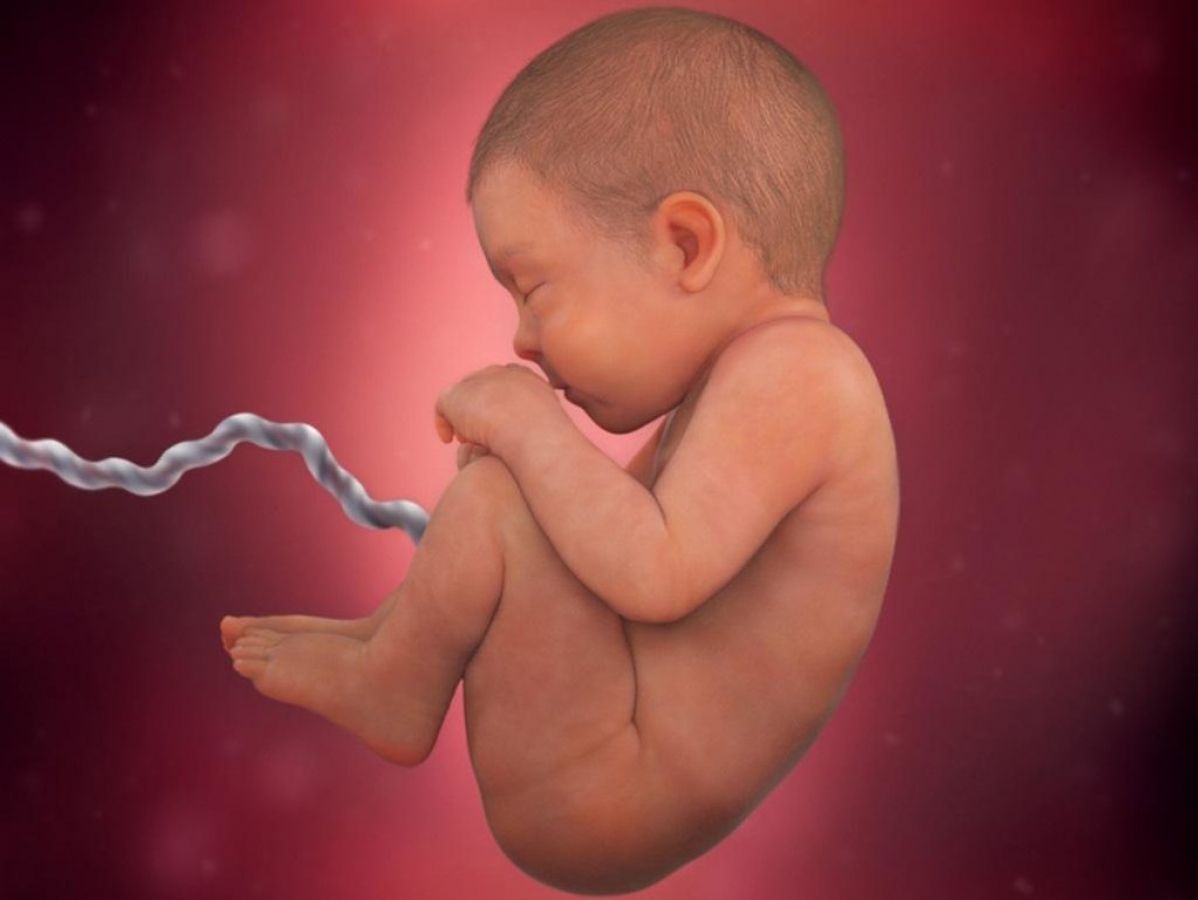Amniotic fluid plays an important role during pregnancy, but quite a lot can go wrong with it too. Most women who have been pregnant have heard about too much amniotic fluid, or conversely too little. Did you know that it's also possible to get an amniotic fluid embolism too? An amniotic fluid embolism is a rare, but very frightening pregnancy complication.

While amniotic fluid embolisms are rare, they are not rare enough this complication is estimated to be the fifth most frequent cause of pregnant women dying, on a global scale. Unfortunately, doctors don't understand this complication completely. An amniotic fluid embolism happens when amniotic fluid, but also sometimes fetal hair, cells, or other waste from inside the amniotic sack, gets into the mom's blood stream via the uterine veins.
After the amniotic fluid has entered the mother's blood stream, she is likely to start experiencing symptoms including a sudden shortness of breath and a really low blood pressure. Lung collapse and cardiac arrest follow, and convulsions and coma are common. Amniotic fluid embolisms are lethal in 60 to 80 percent of all cases, depending on which sources you look at. The second stage of amniotic fluid embolism (which a patient will reach only if she survives the second stage) involves the blood losing its ability to clot. Due to this, the woman can die as a result of hemorrhage.
Amniotic fluid embolism is associated with ruptured membranes (in other words, after the bag of waters has broken), and ruptured uterine or cervical veins. Risk factors include a c-section or forceps delivery, as well as too much amniotic fluid and placenta previa, where the placenta covers the entire cervix. It's also thought that amniocentesis or abdominal injury during pregnancy plays some role in the later occurrence of an amniotic fluid embolism, though this complication still essentially remains a mystery to the medical profession.














Your thoughts on this
Loading...